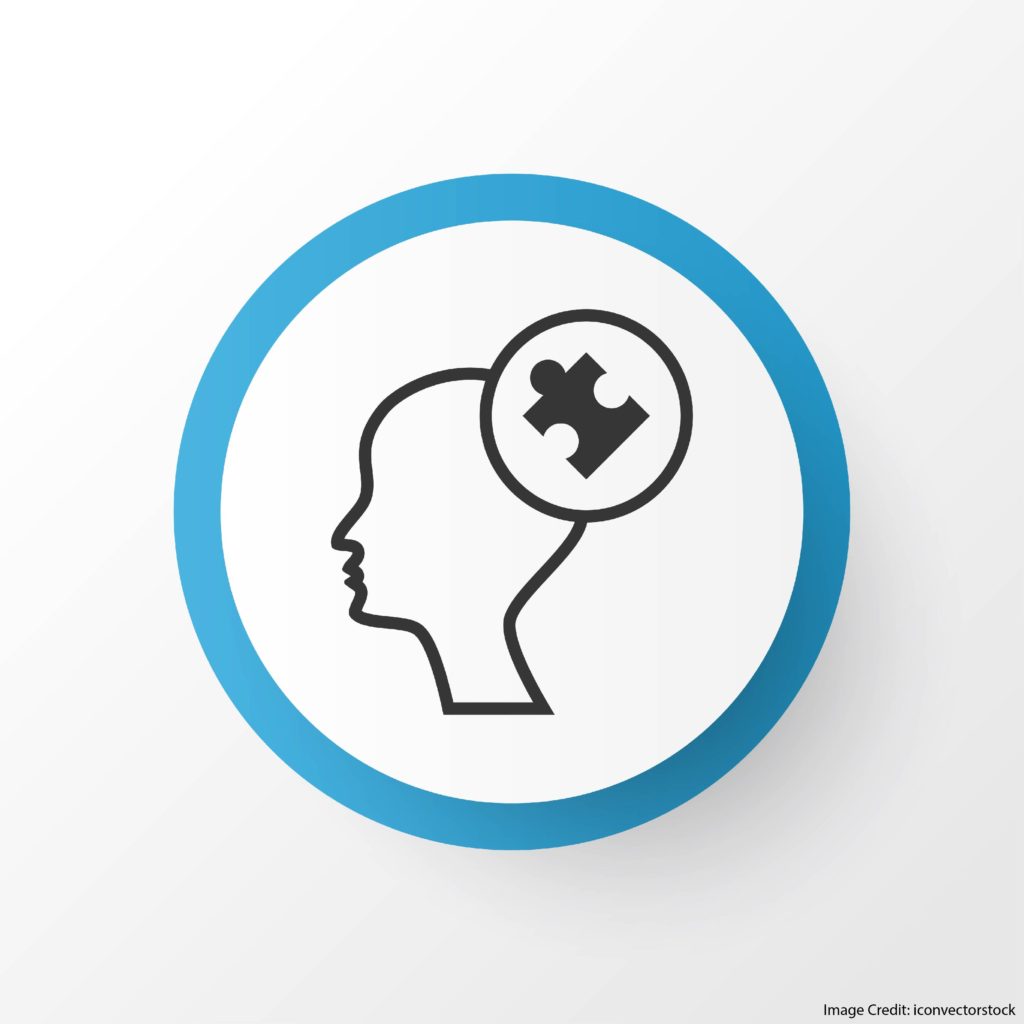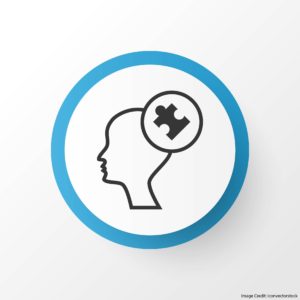“Flipping the classroom” has been around long enough now to have its own Wikipedia page.
Proponents suggest that this strategy allows teachers to focus less on direct instruction and more on collaboration, problem solving, and application.
Critics respond that direct instruction offers many benefits. They also wonder if we are fooling ourselves by claiming that students learn deeply by watching videos at home.
Most discussion of flipped classrooms focuses on younger grades: its potential for teaching mitosis or long-division or the basics of circuitry.
What about adult learners? Can flipped classrooms help them learn?
Flipped Classroom for Adult Learners
A just-published study looks at a Principles of Epidemiology course for grad students at Columbia University.
In 2015, instructors taught in the “traditional” way: 90 minutes of lecture, followed by 90 minutes of discussion.
In 2016, they flipped the classroom: “pre-recorded lectures [were] viewed outside the classroom setting (at home), and in-person classroom time [was] devoted to interactive exercises, discussion, or group projects.”
So: who learned more?
By practically every measure, it just didn’t make much difference.
For instance: at the midterm, the median grade in the traditional class was 94.0. In the flipped class, it was … 94.4.
On the final exam, the median traditional grade was — again — 94.0. The flipped class median was 92.5.
(If you look at mean grades instead of median, there is a slight — and statistically trivial — advantage for the flipped classroom.)
Whose Benefit?
Although these grad students didn’t learn any more epidemiology, they did prefer the flipped-classroom format. Why? Because it gave them greater flexibility in their otherwise over-scheduled and hectic lives.
If schools can promote the same amount of learning more conveniently, then that strategy feels like a real win.
At the same time, it’s not clear that this benefit transfers to younger learners.
- Would they be as conscientious as these graduate students in watching the videos?
- Are flipped-classroom self-tests typically as in-depth as the ones in this study? (That is: this study included excellent study questions — you can check them out on page 4.)
- Are most students juggling work-life balance difficulties the way that these graduate students are?
In other words: flipped classrooms simplified schedules for these graduate students — even though they didn’t improve learning.
Whether or not that benefit transfers to K-12 students, however, depends a great deal on the specific circumstances that those students face.





















